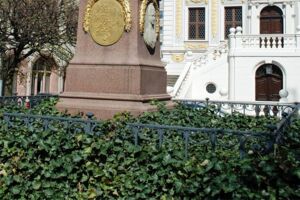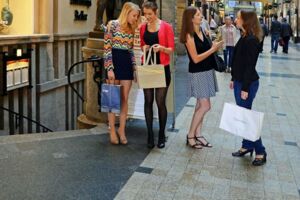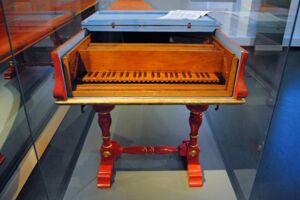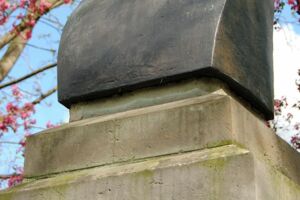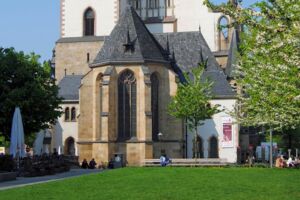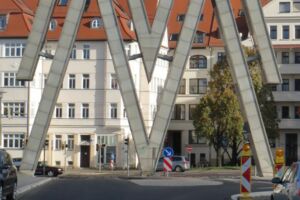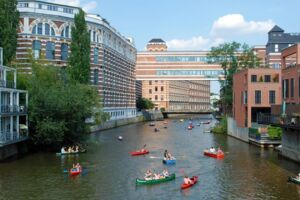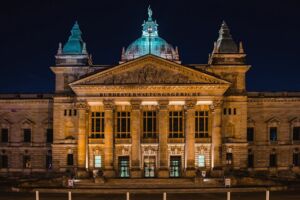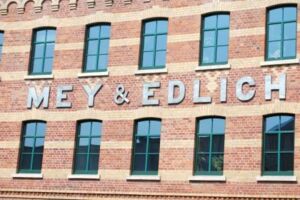Leipzig Details – Foreign-Language Tours
Walking Tour through the Historic City Centre
Note:
Available languages: English, Spanish, Chinese, Italian, Dutch, Russian, Japanese, French, Polish, Czech and other languages.
Hardly any other European city can boast such a rich musical heritage as Leipzig. As the birthplace of Richard Wagner and the place where Bach, Mendelssohn Bartholdy, the Schumanns and Mahler worked, Leipzig is a must for music lovers. The musical journey also informs you about the cultural centres, the Gewandhaus and the Opera. The St. Thomas Choir and the Gewandhaus Orchestra continues the magnificent musical tradition. Walking tour around the old town includes a visit to the St Thomas‘s church.
Note:Available languages: English, Spanish, Chinese, Italian, Dutch, Russian, Japanese, French, Polish, Czech and other.
The museum is located in a building which dates back to the early 18th century when it belonged to an intimate friend of Johann Sebastian Bach. It lies opposite to the St. Thomas Church where Bach was cantor. The museum presents the life and works of Johann Sebastian Bach and his family in an interactive multimedia exhibition covering an area of 750 square metres. The musical journey also informs you about the cultural centres, the Gewandhaus and the Opera. The St. Thomas Choir and the Gewandhaus Orchestra continue the magnificent musical tradition.
Note:Available languages: English, Spanish, Chinese, Italian, Dutch, Russian, Japanese, French, Polish, Czech and other.
Bus & Bike Tours
Note:
Available languages: English, Spanish, Chinese, Italian, Dutch, Russian, Japanese, French, Polish, Czech and other languages.
A guided tour by bicycle is perfect for those wishing to combine sightseeing with a little exercise. The tour takes you to the Leipzig Trade Fair Centre, the German Library, the exquisite Gohlis Palace, Schiller's House and around the Waldstrassenviertel, a 19th century residential area where nearly all the houses are listed buildings. This suburb is flanked by one of the largest city parks, the Rosental. We shall also visit the former Supreme Court, Monument to the Battle of Nations and the Russian Church. We look forward to showing you Leipzig's famous sights as well as many of its hidden treasures. Explore and enjoy!
Guided tours of museums
The museum is located in a building which dates back to the early 18th century when it belonged to an intimate friend of Johann Sebastian Bach. It lies opposite to the St. Thomas Church where Bach was cantor. The museum presents the life and works of Johann Sebastian Bach and his family in an interactive multimedia exhibition covering an area of 750 square metres. One of the highlights is the treasure room, where original Bach manuscripts and other precious items are on display. The showpieces include the console of an organ inspected and approved by Bach himself in 1743 from the erstwhile St John's Church, a casket containing relics from Bach’s tomb, and a recently discovered cash box once owned by the Bach family. Furthermore, the pleasance, the audio room and the Gloria Café and a gift shop are all great places to relax after a busy time in the museum.
Available languages: English, Spanish, Chinese, Italian, Dutch, Russian, Japanese, French, Polish, Czech and other.
Felix Mendelssohn Bartholdy left many traces in Leipzig: He was the youngest director of the Gewandhaus Orchestra ever, he founded the first conservatory in Germany and on his initiative the world´s first monument for Johann Sebastian Bach was constructed. You can visit his last and only preserved flat where he lived with his family and then died much too early in 1847. The elegant home was restored to the original state with authentic furniture and watercolour paintings of Felix Mendelssohn himself. Autographs, documents and private belongings are exhibited.
The impressive building from the late 19th century is today still the most beautiful court-house in Germany. 1933 it came into the spotlight of world history when the Nazis failed to misuse the High Court in a trial against political opponents. A particular highlight is the representative, still historic “Main Courtroom” with windows of stained glass and gilt decorations. Moreover, the Court has its own historic ballroom with fantastic frescos and paintings and a dining room with a superb artful wooden ceiling. Today the building is the home of the” Federal Administrative Court”, one of the highest courts in Germany.
Note:



